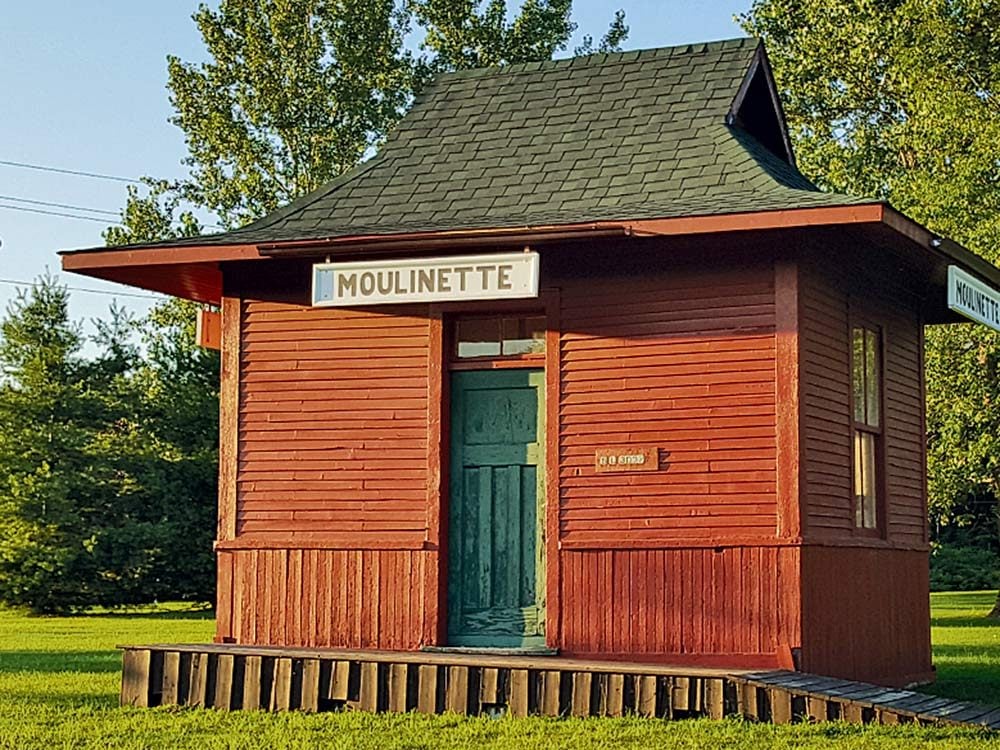
The Lost Villages of the St. Lawrence
For most of us, going back to our childhood hometowns, often to share memories with our children and future generations, is something we take for granted. The former citizens of the Lost Villages of the St. Lawrence River and their families, however, can never truly go home again.
Born in Cornwall, Ontario, I, like many young people, never really took much interest in where I came from or what the history of the area meant in the context of our Canadian identity. To me it was just the place I lived. Only now, as history and genealogy have become popular, have I realized that my history is not only tied to the beautiful St. Lawrence River, but lies beneath it.
The Lost Villages, as they came to be known, were nine communities in the former townships of Cornwall and Osnabruck, which were dismantled and then flooded in July 1958—the “price of progress” as the St. Lawrence Seaway and Hydro Electric project was being implemented. These were, however, places of our earliest history.
At the founding of Upper Canada, the United Empire Loyalists made their exodus from conflict during the American Revolution to lands along the St. Lawrence to forge a new home for their descendants. Predating the arrival of the Loyalists, the area had been the traditional lands of the Mohawk people for centuries. Yet, despite their significance to our collective history as Canadians, these places now lie under dark waters.

Visiting the Lost Villages Museum
A recent trip to the Lost Villages Museum, located in Long Sault, Ontario, revealed just how lingering the loss is. The museum—a collection of original buildings from the various villages—had just opened for the day when a woman, appearing to be in her late 80s, aided by a walker and her grown son, made her way to the little red train station from the village of Moulinette. Of all the buildings there, this was the one I was most tied to as well: My grandmother Mary, more than 80 years earlier, would wait on the small station platform to catch “The Moccasin” steam train for the ride to high school in Cornwall. Wondering if the woman was a tourist, with one gesture, I knew she was not. Removing one hand from her walker, she gently placed it on the outside of the building. I knew she was reconnecting with an “old friend,” from a beloved time and place. As I watched, I noticed more people of the same generation appearing and going to what must have been their respective “places.” They, like my grandmother, no longer had a home to go back to.
Find out what it was like living through the Great Depression.

Remembering the Lost Villages of the St. Lawrence
Many people I meet assume the Lost Villages story was written long ago and only has regional importance. To set the record straight, I explain that where the St. Lawrence River flows today, west of Cornwall, is not its natural path; at one time, six villages, three hamlets and parts of towns existed there and were home to about 6,500 people. Soon the inevitable question comes, “When did this happen, the 1800s?” When I reply, “1958,” it always elicits a look of shock. I then ask them to imagine their hometowns being dismantled, burned or moved in pieces, and I can see a flicker of understanding wash over them. I then remind them how our history was changed forever when the Lost Villages were submerged in 1958:
- Ancient lands of the Mohawk People—obliterated.
- Locales where United Empire Loyalists forged a new future—lost.
- Fertile farmland, abundant orchards, old growth forests—drowned.
- An 1813 battlefield, where the Battle of Crysler’s Farm was waged—submerged.
- The thundering and once-famous Long Sault Rapids—silenced.
- Loved ones at rest in their graves, including my grandmother’s “mama,” whom she lost to tuberculosis at age 14—never to be visited again.
This is a region rich in buried history, with many stories to tell. The more people visit, the better the chances that the Lost Villages will be remembered always.
Next, check out the best Canadian history podcasts worth adding to your playlist.